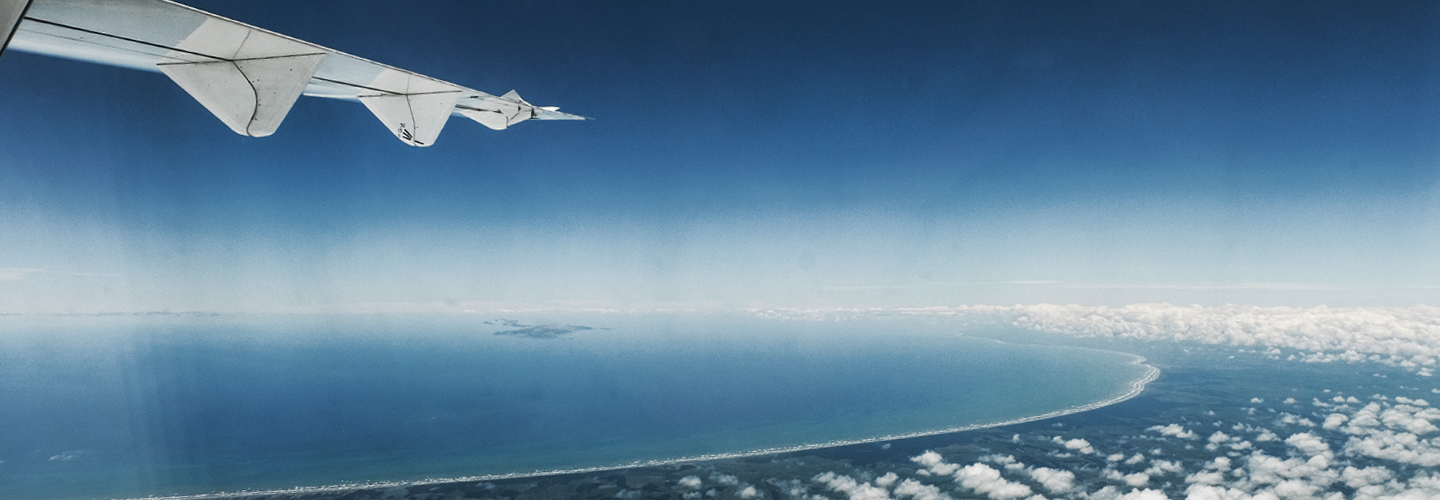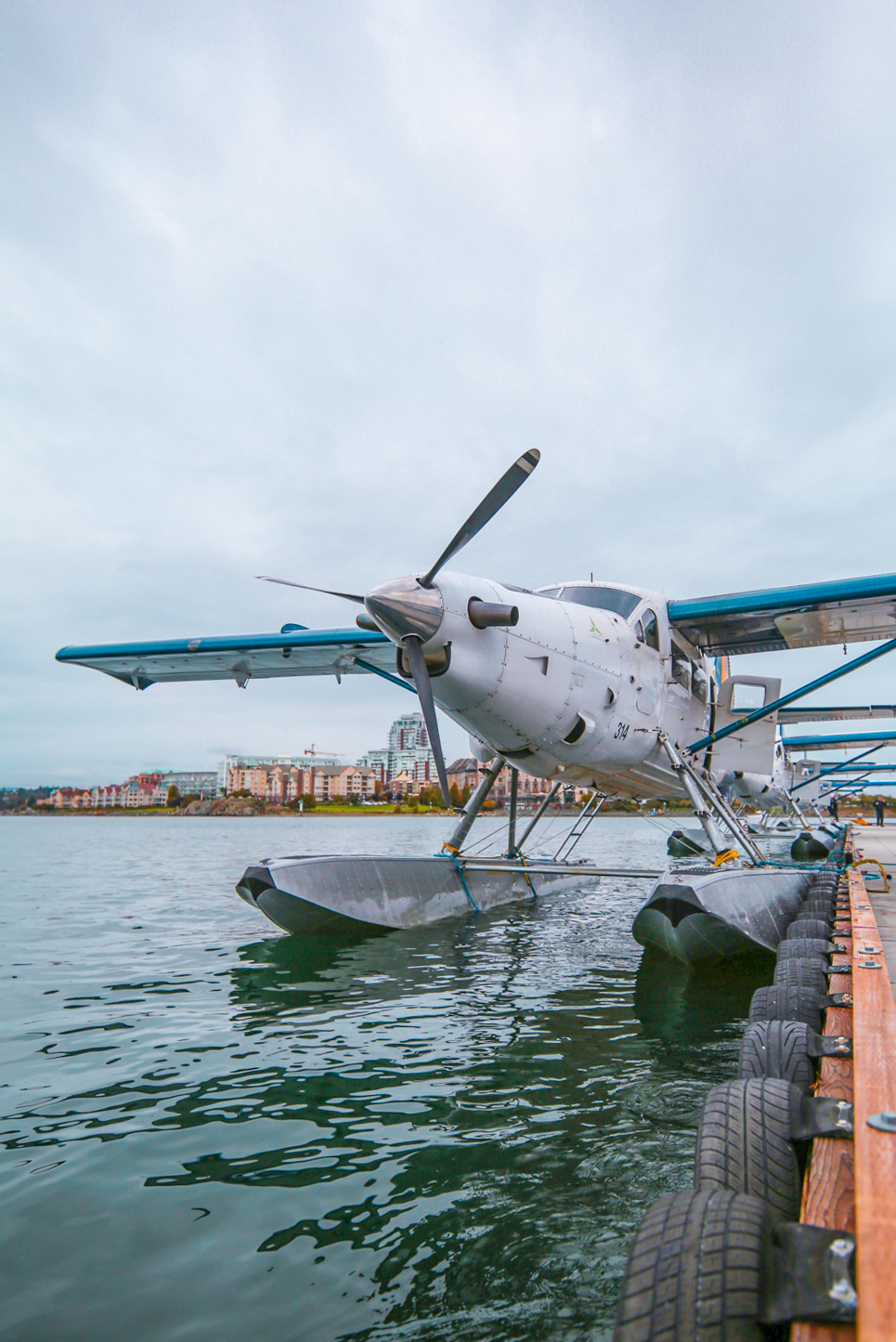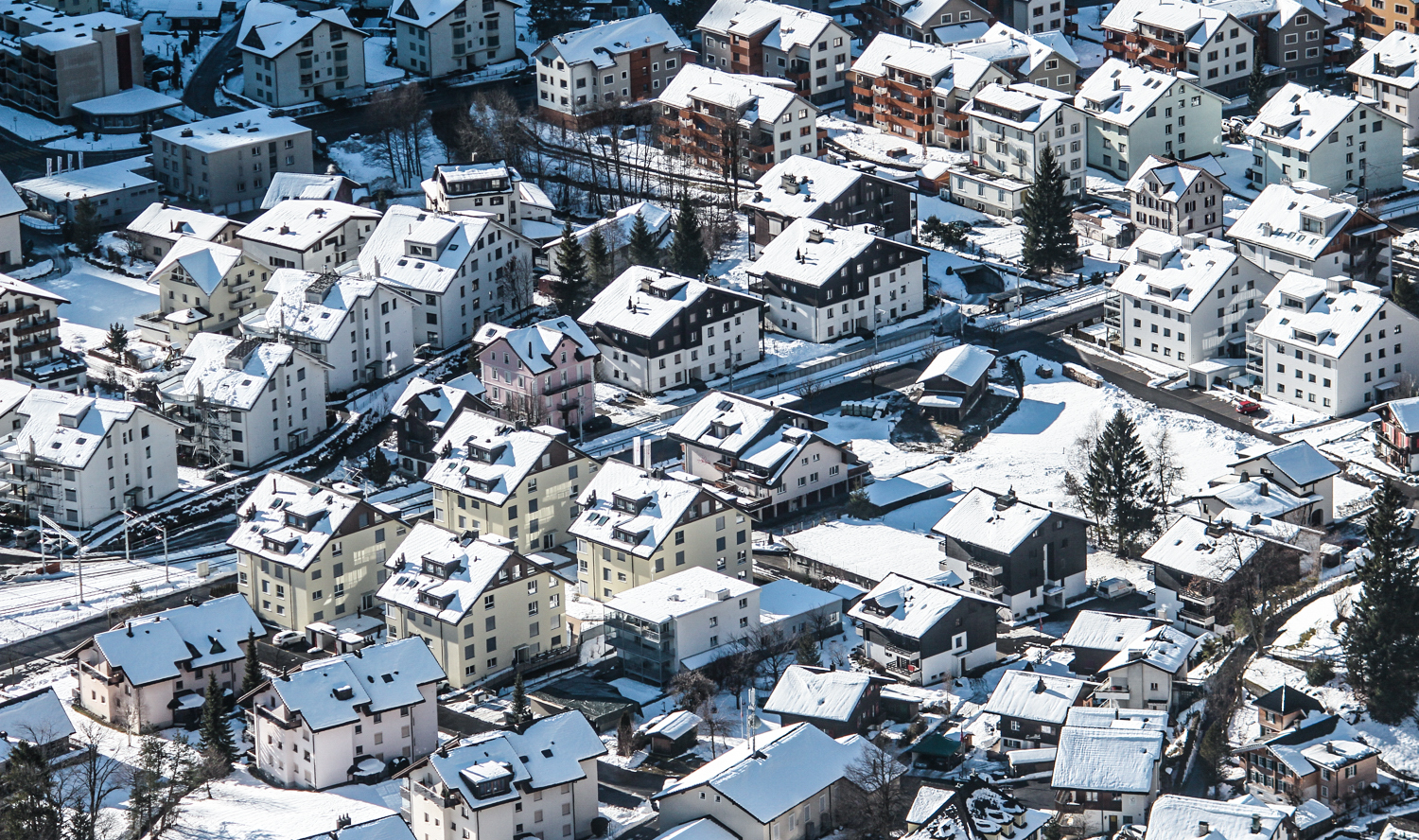
31 Jan 5 Fun Facts About Flying You May Not Have Known (Like The Cheapest Day To Fly)
Having just boarded our 60th airplane in two years (I like to track all the experiences on our trip…about to sleep in our 100th bed too, haha), we thought we’d dedicate a blog post to this still-cannot-believe-it’s-possible form of transport. If you have a fear of flying like I do (side note: it’s gotten a lot better in these 60 flights – I no longer crawl up into a ball of crying fits during take-off…now I just put my head of Stevo’s shoulder for comfort – this is a HUGE success for me), the thought of boarding a giant mechanical vessel that will reach heights of 39 000 feet (approx 12km) and speeds of 500 knots (approx 575 m/h or 926km/h), all whilst keeping you perfectly still and non-wind-swept (which is just insane and I still can’t get my head around how this all works) may make you a little queasy.

But fear not!
This post is not here to make you queasy or to evoke that fear of flying.
Instead, we wanted to focus on the fun side of flying and see if we could share some of the best facts we could find on-the-line, to share and enlighten.
So grab a cuppa, and sit back to read the five most interesting things you may never have known about airplanes, flying, and the aviation industry.
Why don’t airplane tires pop when landing?
This is the first #funfact to put all those fearful thoughts about flying aside. Perhaps you’ve wondered why, when cruising at speeds of 170 m/h (approx 275 km/h), holding weight equivalent to a small office building (as the guys at Wired put it), the vessel that you have been snoring in, eating in, and maybe even mile-high-clubbing in, lands on the tarmac of a runway, it’s tires simply don’t pop. Well, we looked into it (rather curious ourselves), and we found that it all has to do with the tire pressure. Airplane tires themselves are pretty amazing – on average they can meet the ground 500 times before needing a re-tread (although an A380 super jumbo’s tires will only last about 300 landings, which is about six months of operations, costing $92 000 each to replace). Also, for the first few moments when landing, the tires are skidding, not rolling (which can explain the occasional screech you hear when hitting the ground) and the airplane drags the tires until “their rotational velocity matches the velocity of the plane”. But the constant skidding and capability of holding that enormous amount of weight, simply comes down to the exorbitant pressure that the tires are pumped up to, making the tires stronger than you would imagine them to be. Turns out you may not even be able to over-inflate an airplane tire – the wheel would fail before the tire, so that’s why.

How many flights happen every single day?
We know you want to know, because we really wanted to know, and who wouldn’t want to know this? Well, the Air Transport Action Group (ATAG) released a detailed report on the aviation industry a.k.a the Aviation Benefits Beyond Borders, back in early 2014, showing that there were 37.4 million flights scheduled in 2014 (up by 2.7% from 2013) – so we did some quick math based on a 2.7% annual increase, and found that 2017 should expect 40.5 million flights, meaning an average of 111 000 per day (give or take). Phew! And if you think about how many of those are successful without issues, the odds that flying may really be the safest way to get around, is looking high!
The cheapest day to fly is….
During their annual flight study, looking at “13 billion fares across the top 100 routes”, our friends at momondo recently discovered the cheapest day to fly (and who wouldn’t want to save a few hundred dollars when booking the exact same trip!?) So the results are in, and it turns out that you should aim to book your flight 56 days before departure, booking to fly on a Tuesday, in the evening. You can of course compare different fares from different airlines using momondo’s site or app, so check that out here – but as a rule of thumb, aim to avoid flying on a Saturday, in the morning, booking flights the day of your departure (as that proved to be the most expensive time to fly). And now we know!
The world’s most dangerous airport is…
If you think about how big an airplane can be, and you think about landing such a massive machine, you’re going to want to have a lot of space, and a smooth, flat surface to pop those little wheels onto the Earth’s surface. But sometimes, flat stretches aren’t available, especially if you need to land on a mountain or within a narrow valley. The guys at Interesting Engineering reviewed some of these too-close-for-comfort airports, and the results are in – the most dangerous airport in the world is…Narsarsuaq Airport in Greenland. It only spans 1.8km, is constantly covered in slick ice, is always in the midst of a storm, and if that wasn’t enough – there is a nearby active volcano which erupts often, so if the visibility wasn’t tough enough from the storms, the ash clouds can also add to it, and can stall and destroy the engines too. Yikes.

The world’s most remote airport is…
We’ve highlighted the most dangerous airport to land in, but what about the most remote i.e. there is absolutely no way you could reach this particular spot on Earth, other than boarding a shady old plane with a cowboy pilot who gets a thrill out of being one of very few who has actually seen this particular spot. Looking at Jalopnik’s list of remote airports, some seem obvious – islands in the middle of the Atlantic Ocean, a couple in Tibet and Alaska – but the world’s most remote airport goes to…the Jack F. Paulus Skiway in the South Pole. The guys joke that this airport is so remote, that even the Google Maps guys didn’t find it, and so there is no trace of it if searching for a Google satellite image. Flights here are codenamed “Operation Deep Freeze” and only happen between October and February. Summer southern hemisphere plans, anyone?
Hope you enjoyed reading this as much as we enjoyed researching it. Here’s to many more happy flights in 2017!
CC
You can find us on Instagram, YouTube, Facebook, Twitter and Snapchat, search for #HowFarFromHome on the line, or browse our online photography shop.
*This blog post uses affiliate links. Please review our Online Privacy Policy for more information.




No Comments